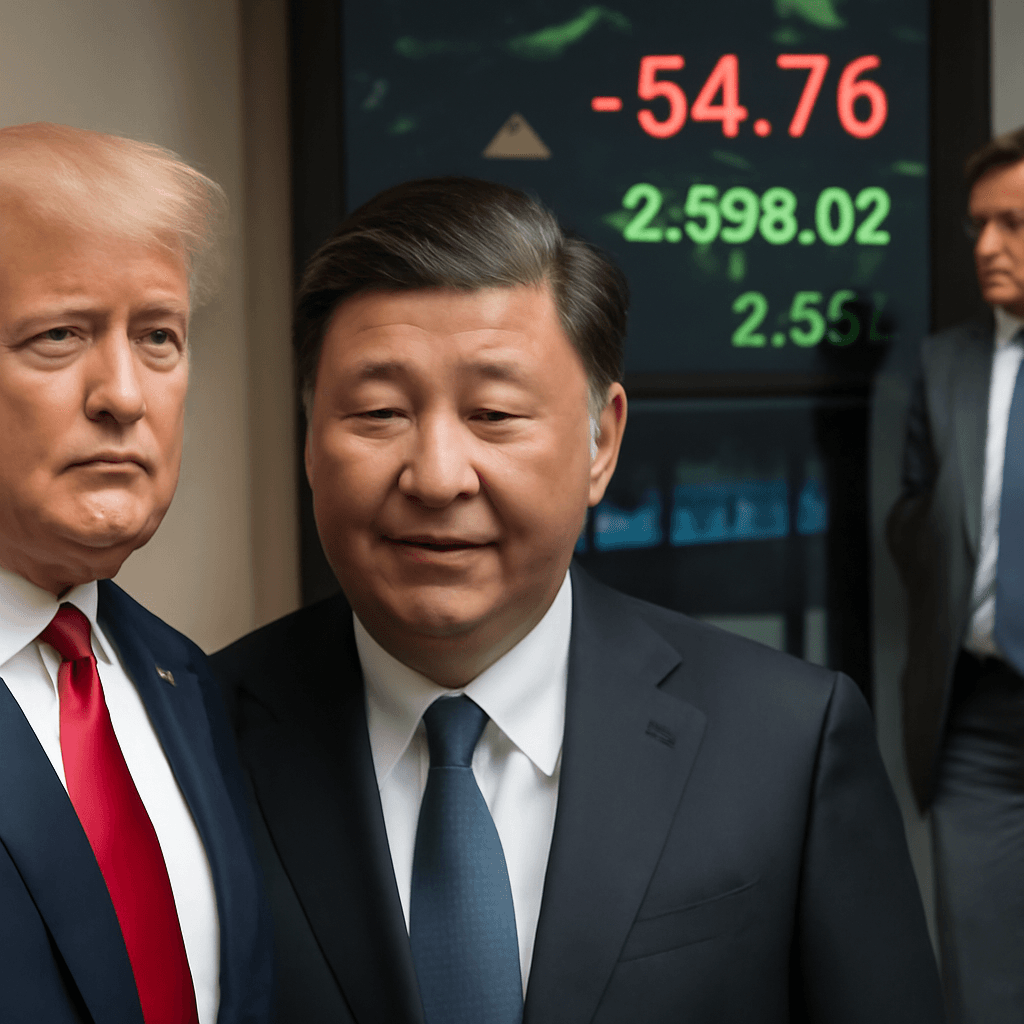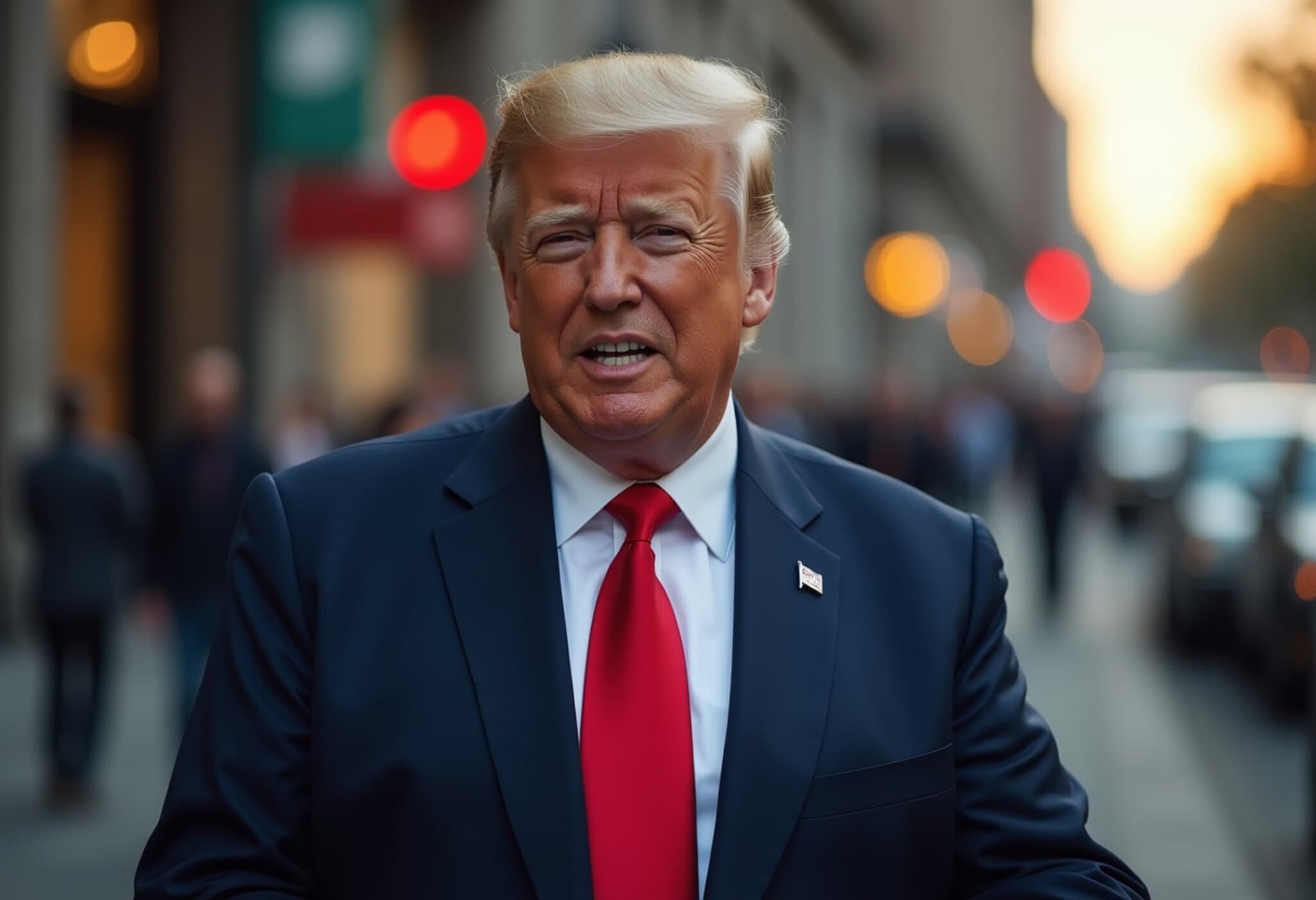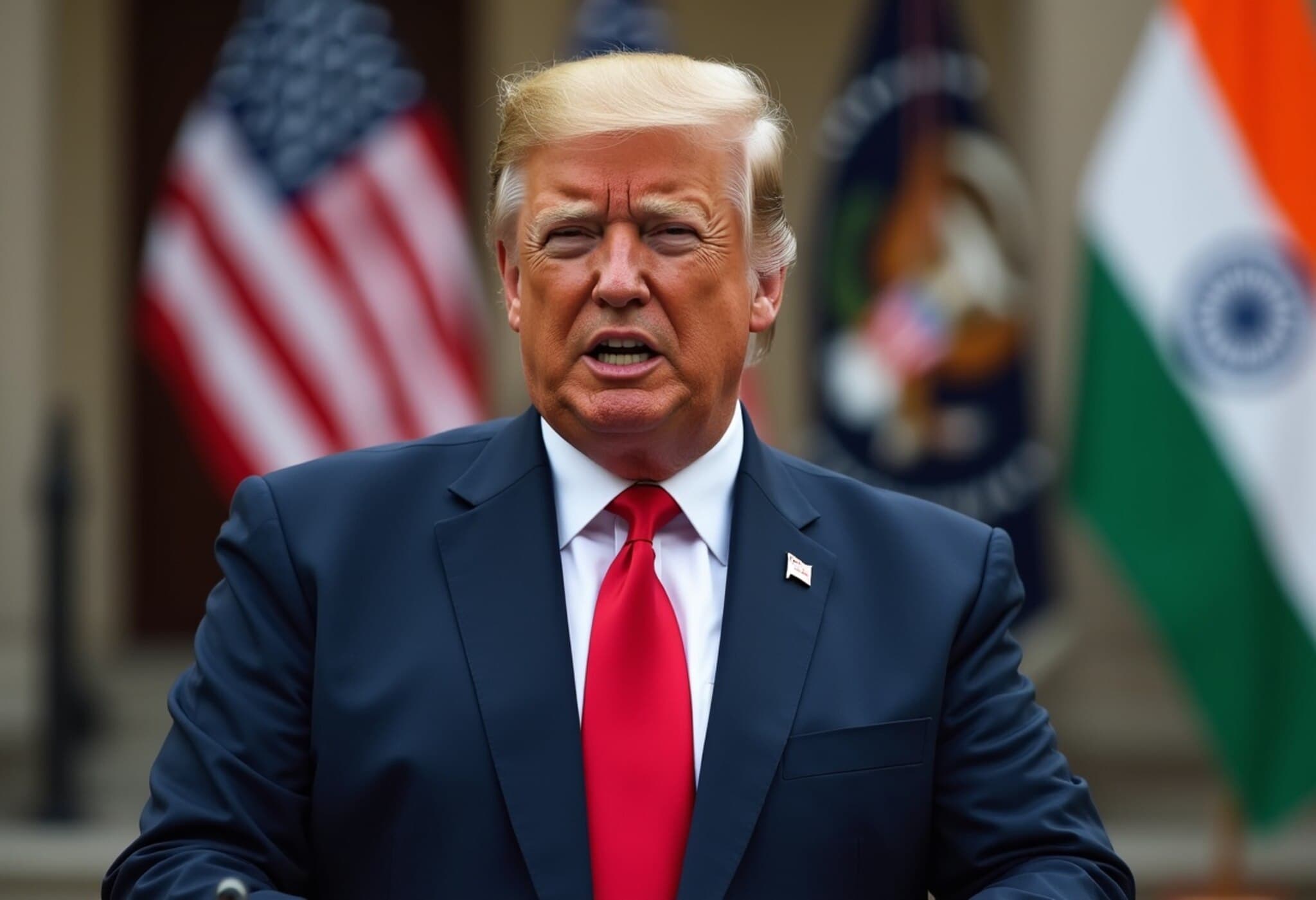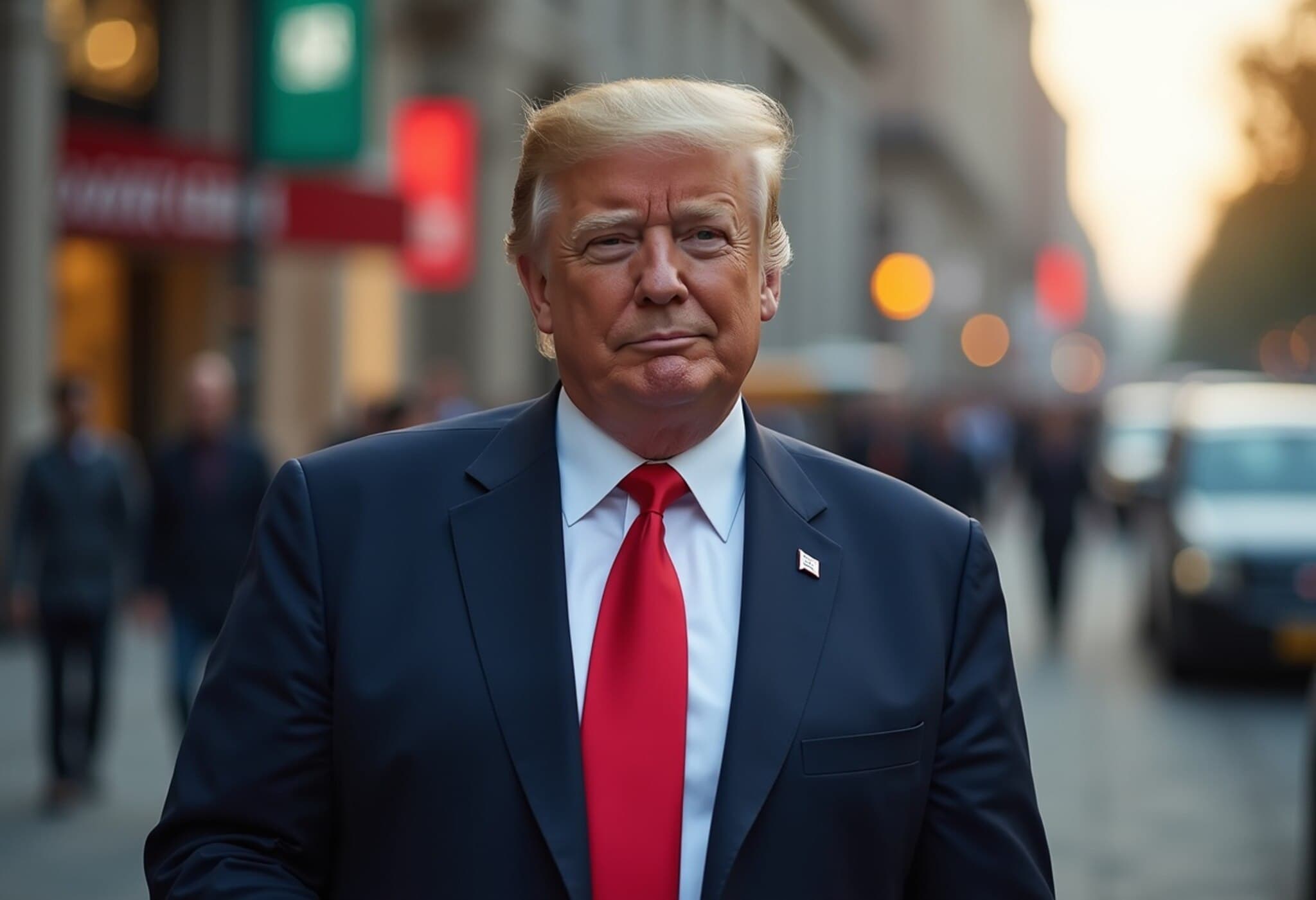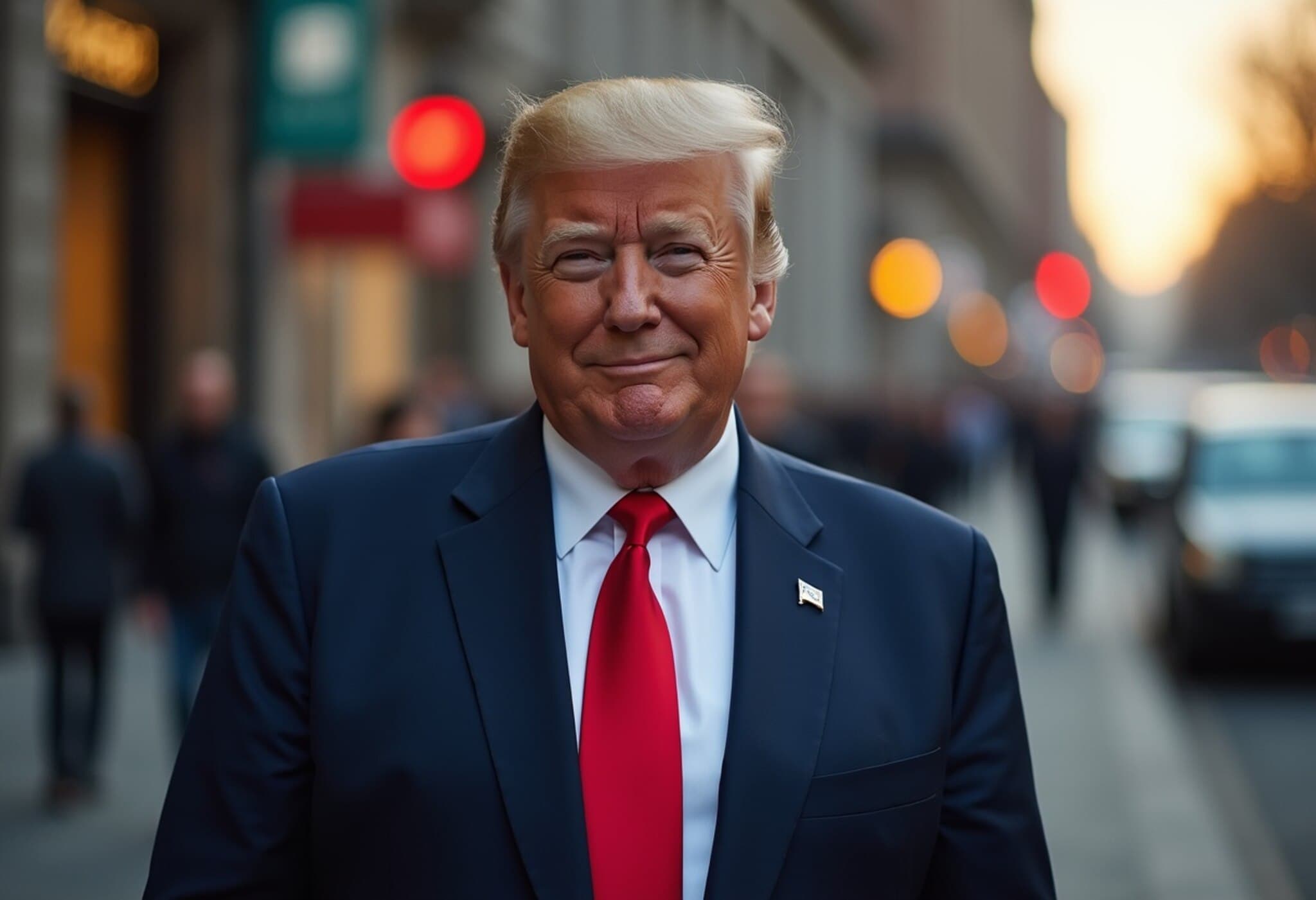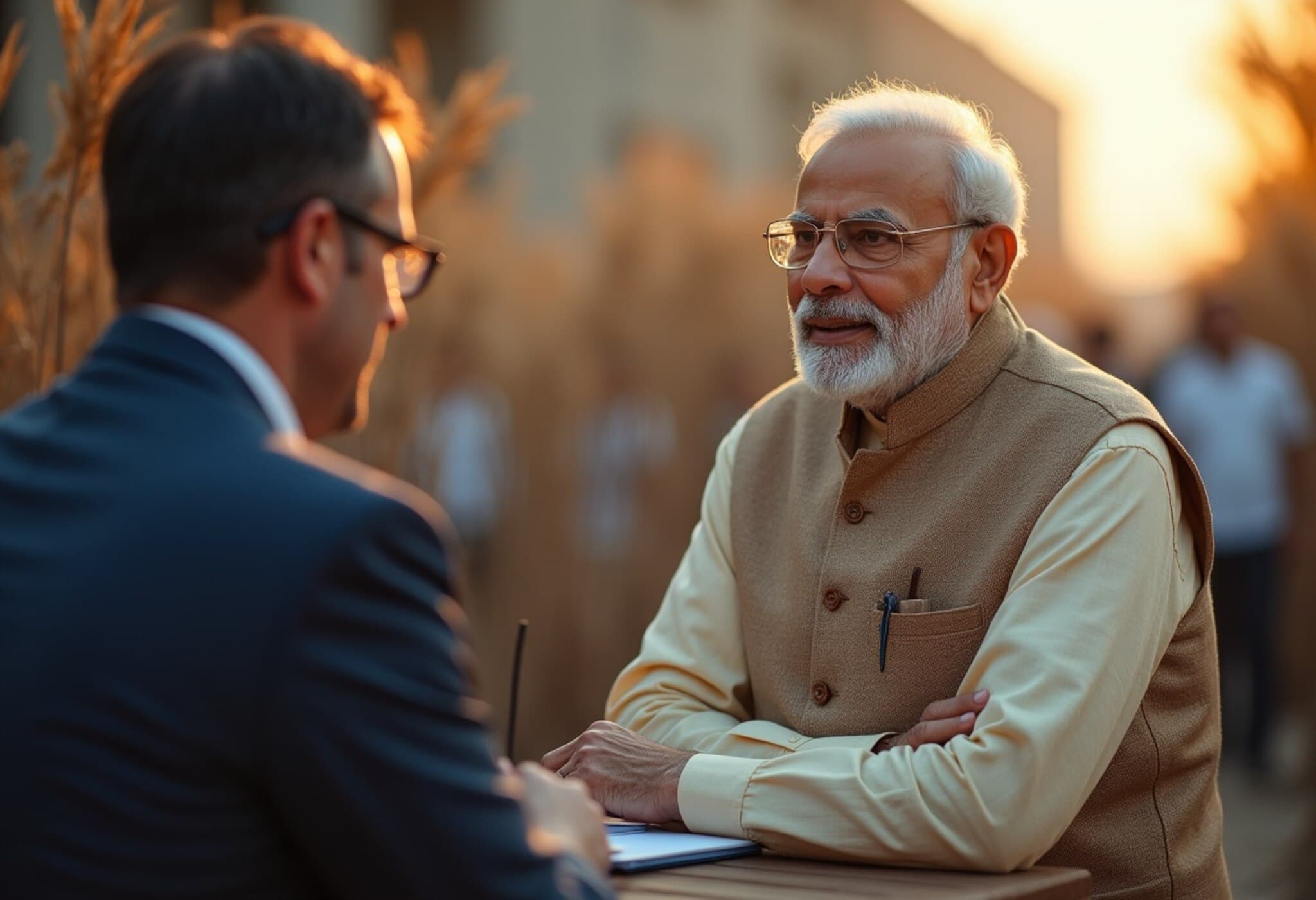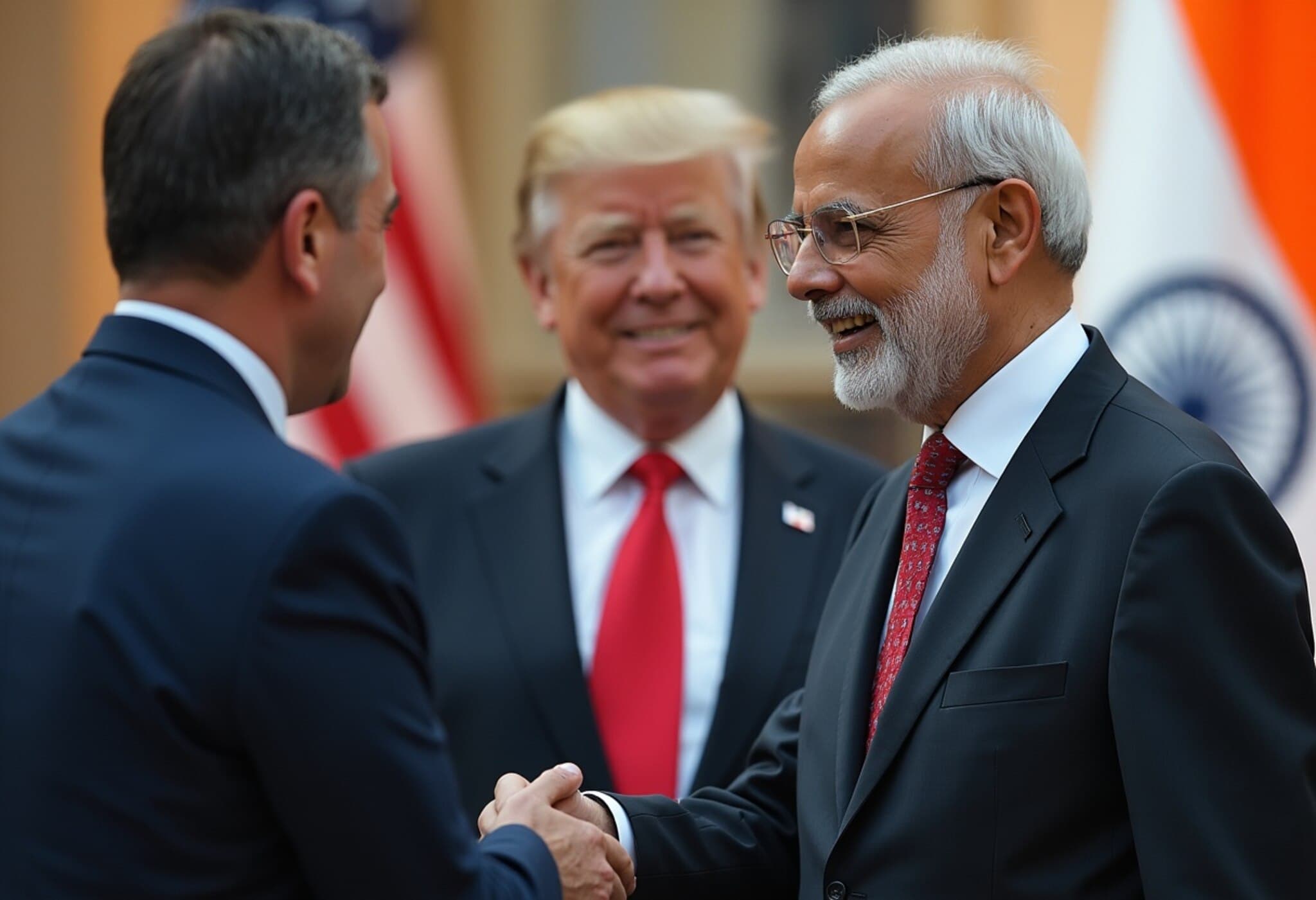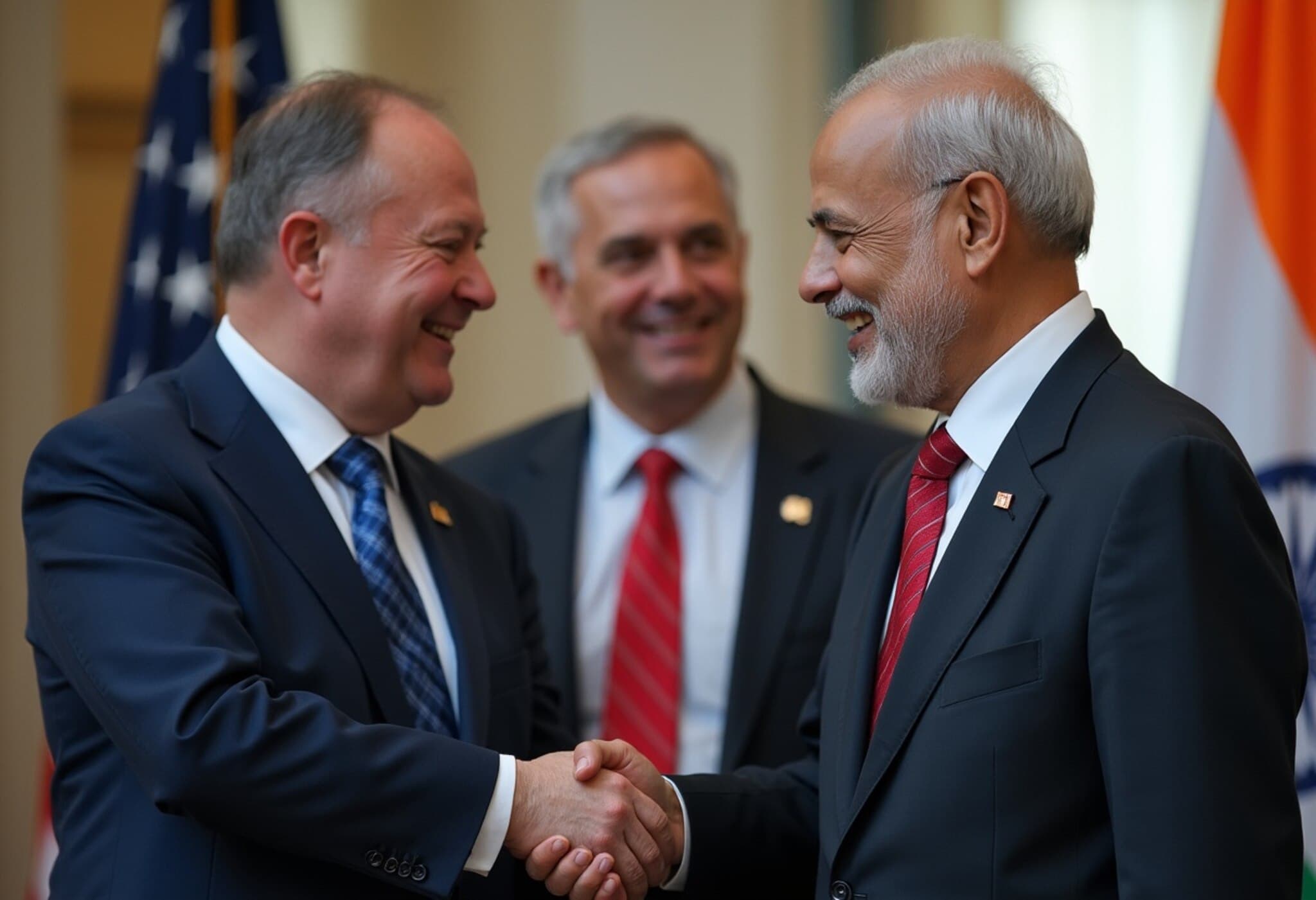US Triggers 50% Tariffs on Indian Exports Amid Russia Oil Row
Starting today, August 27, 2025, significant changes are taking effect in the trade relationship between the United States and India. The US government has imposed steep 50% tariffs on nearly half of India's exports heading to the American market, a move rooted in Washington's response to India’s ongoing energy ties with Russia amid global geopolitical tensions.
Understanding the Tariff Calculation
The tariffs currently applied combine a 25% base tax with an additional 25% penalty duty. This dual charge stems from the US administration’s stance that India’s procurement of Russian oil — both directly and indirectly — poses a strategic threat to American interests. The Department of Homeland Security’s notification explicitly frames this as a punitive action against India “in response to threats by the government of the Russian Federation.”
Scope and Sectors Impacted
According to recent trade data, about 50%, or $87.3 billion worth, of Indian exports to the US will come under these 50% duties. Key sectors facing these duties include:
- Textiles and apparel
- Gems and jewellery
- Seafood
- Leather products
- Steel, aluminium, and copper
- Organic chemicals
- Handicrafts
Meanwhile, around 30% of exports valued at $27.6 billion continue to enjoy duty-free status, notably products like pharmaceuticals, electronics, and petroleum products. Other sectors, such as auto parts (constituting roughly 4% of exports), remain subject to a lower 25% tariff.
Why China Escapes Tariff Measures
Interestingly, the US curiously excluded China from these heightened tariff penalties, despite Beijing's considerably greater volume of Russian oil imports. This selective targeting of India invites questions about the broader strategic calculus guiding Washington’s trade and foreign policy, reflecting the complex interplay of economic relationships and geopolitical alliances.
India’s Response: Navigating Challenges and Seeking New Opportunities
Officials within the Indian Ministry of Commerce acknowledge the gravity of these tariffs but have set realistic expectations, admitting there are currently "no hopes for immediate relief or delay in US tariffs." The government is mobilizing financial support mechanisms to help exporters weather the increased costs associated with the tariffs.
Moreover, India is actively seeking to diversify its export destinations beyond the US. Efforts are underway to expand trade ties with alternative markets including China, the Middle East, and Latin America. Nearly 50 countries have been identified as promising hubs to absorb products traditionally destined for the American market, with a focus on textiles, processed foods, leather goods, and marine products.
Expert Insight: What This Means for Global Trade Dynamics
Trade experts note that this tariff policy illustrates an evolving trend toward weaponizing economic measures in geopolitical disputes. The punitive tariffs not only disrupt supply chains but also signal a more assertive US stance on enforcing global sanctions indirectly through trade barriers.
American companies reliant on Indian imports may face higher costs, which could translate into price inflation for consumers. Meanwhile, Indian exporters face the urgent task of recalibrating their market strategies, balancing short-term shocks against long-term diversification goals.
Summary: The Road Ahead
The imposition of these tariffs marks a critical juncture in US-India trade relations, magnifying the ripple effects of geopolitical alliances on everyday economic exchanges. As India navigates this complex landscape, the efficacy of its export pivot and domestic support will be crucial in mitigating economic fallout and sustaining growth momentum.
Editor’s Note
This tariff escalation underscores how international trade is increasingly intertwined with strategic policy decisions. For Indian exporters, understanding these geopolitical undercurrents is vital as they adapt to shifting global patterns. Equally, it raises questions about the consistency and fairness of trade retaliation when similar players like China remain unaffected, revealing an uneven application of economic pressure. Observers should watch how these developments influence future negotiations and the broader US-India partnership—two nations essential not only economically but also as strategic allies.





